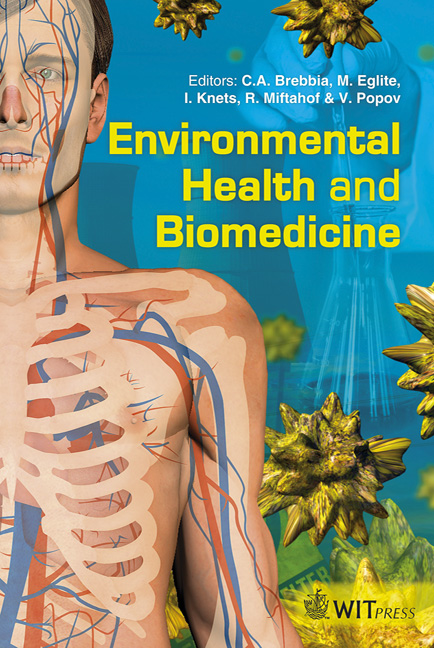Evaluation Of QMRA Performance For Listeria Monocytogenes In Cold Smoked Salmon
Price
Free (open access)
Transaction
Volume
15
Pages
11
Page Range
196 - 207
Published
2011
Size
3,357 kb
Paper DOI
10.2495/EHR110181
Copyright
WIT Press
Author(s)
V. Popov, H. L. Lauzon, M. N. Haque, F. Leroi & R. Gospavic
Abstract
Food-borne listeriosis, caused by Listeria monocytogenes (Lm), is relatively rare but the relatively high rate of fatality (20–30%) compared to other food-borne microbial pathogens such as Salmonella makes it a serious disease. The foodstuff is recognised as the primary route of transmission for human exposure. A wide variety of food or raw material may become contaminated with Lm but the majority of listeriosis cases are related to ready-to-eat (RTE) food. The important factor related to food-borne listeriosis is that Lm can grow under low (refrigerated) temperatures when given sufficient time. Therefore, RTE products with long shelf life are under risk with respect to growth of Lm to critical concentrations. A stochastic model for the growth of Lm with the inhibiting effect of lactic acid bacteria (LAB) in cold smoked salmon (CSS) was developed. An existing deterministic model for the growth of Lm was adapted by adding the Winner stochastic process in order to simulate the growth of Lm. The Poisson distribution is used to represent the initial count (occurrence) of Lm. A deterministic model for growth of LAB is used and the inhibiting effects of Lm and LAB on each other are taken into account. The Beta-Poisson model is used for estimating the dose response. The model has been tested during field trials with CSS performed in August 2010. The salmon was slaughtered in Norway and transported to France where it was processed. The model, implemented within the QMRA module, indicated that growth of Lm would occur in the CSS samples investigated. However, the
Keywords
QMRA, Listeria monocytogenes, cold smoked salmon, model evaluation





